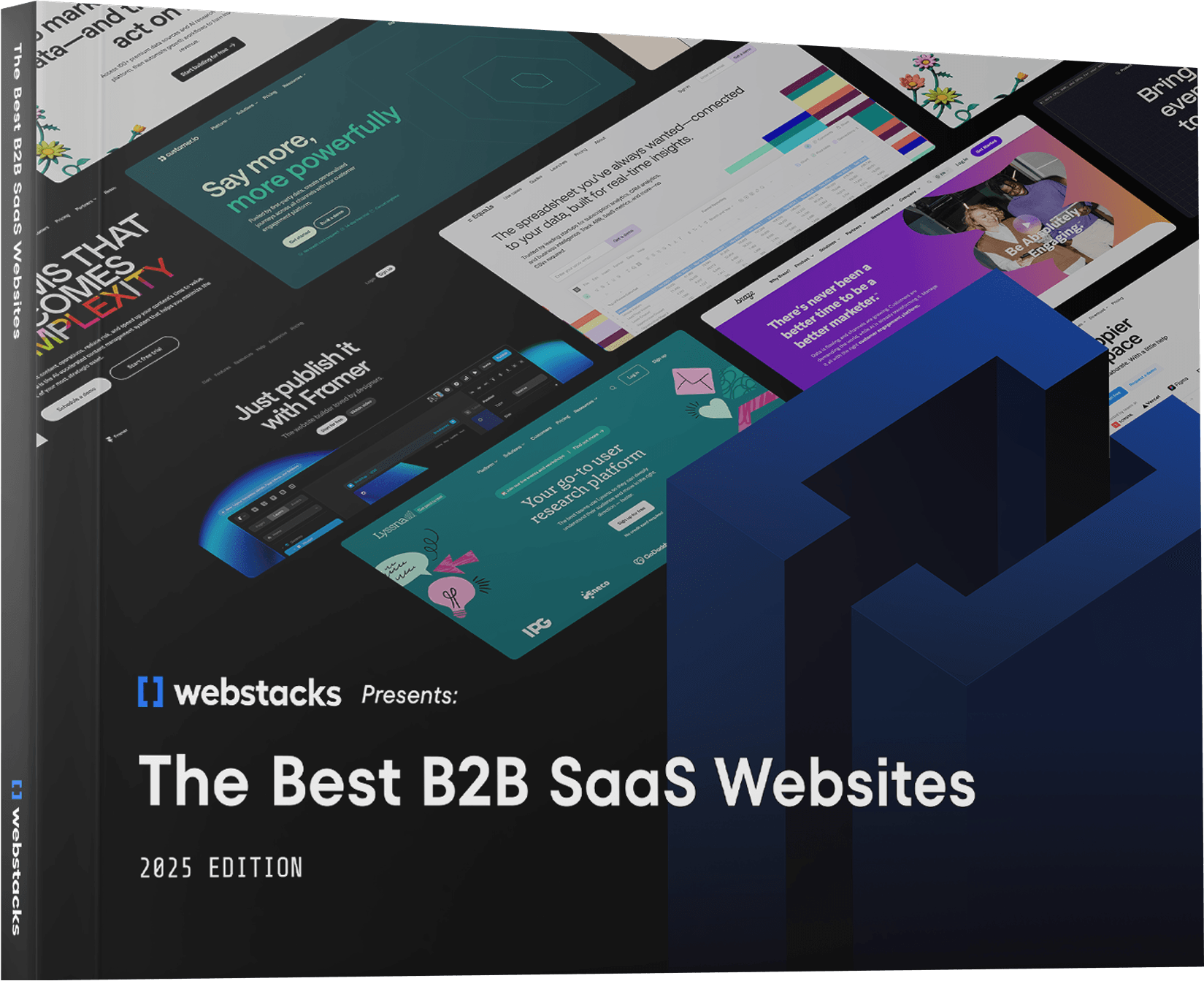
Aligning Website Strategy Around Business Goals Using AI: A Practical Framework
Discover how to use AI to help develop website strategy around business goals.
Insights, ideas, and inspiration for modern marketers, designers, and developers.

Showing 12 of 638 articles